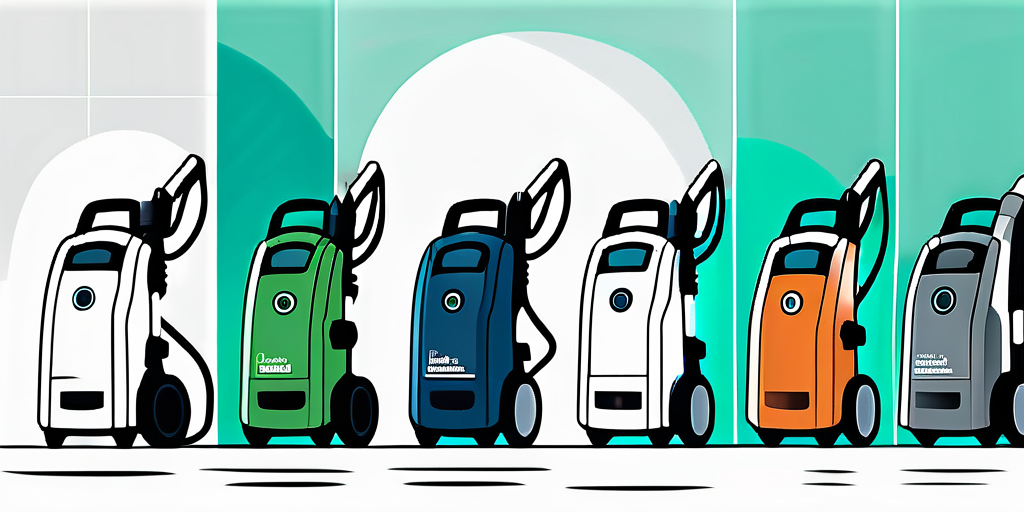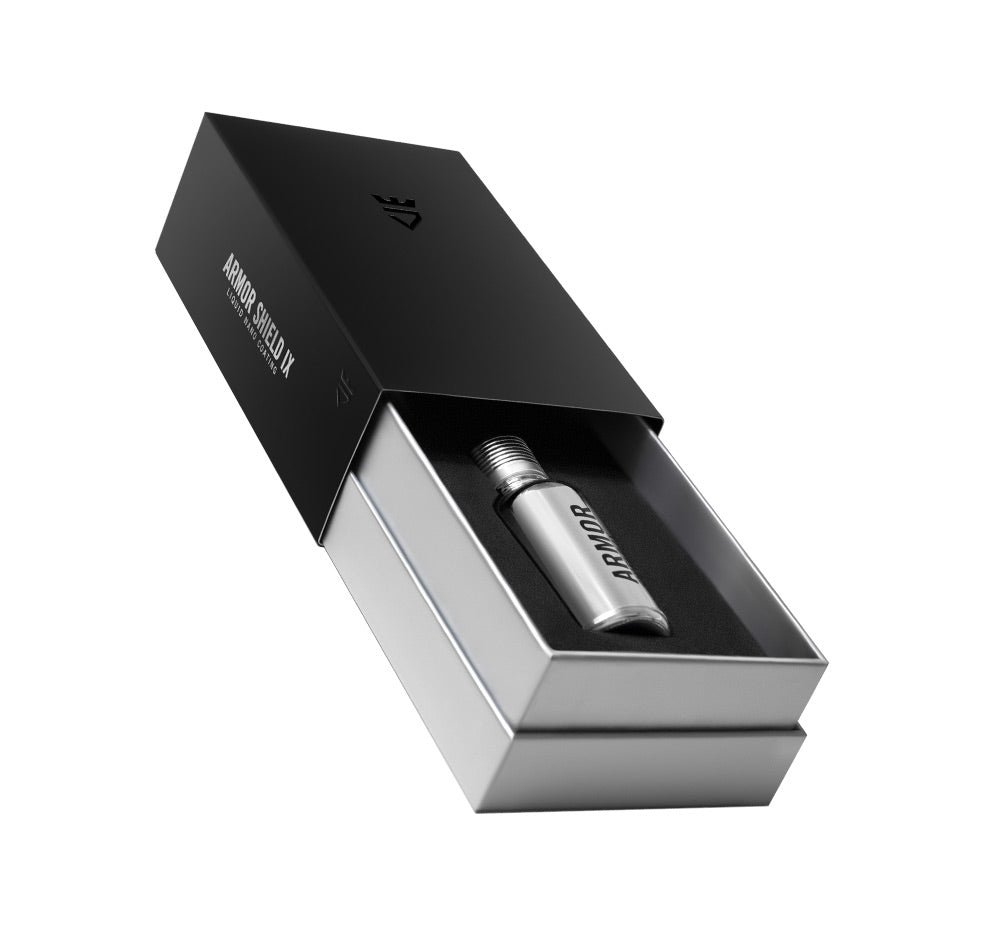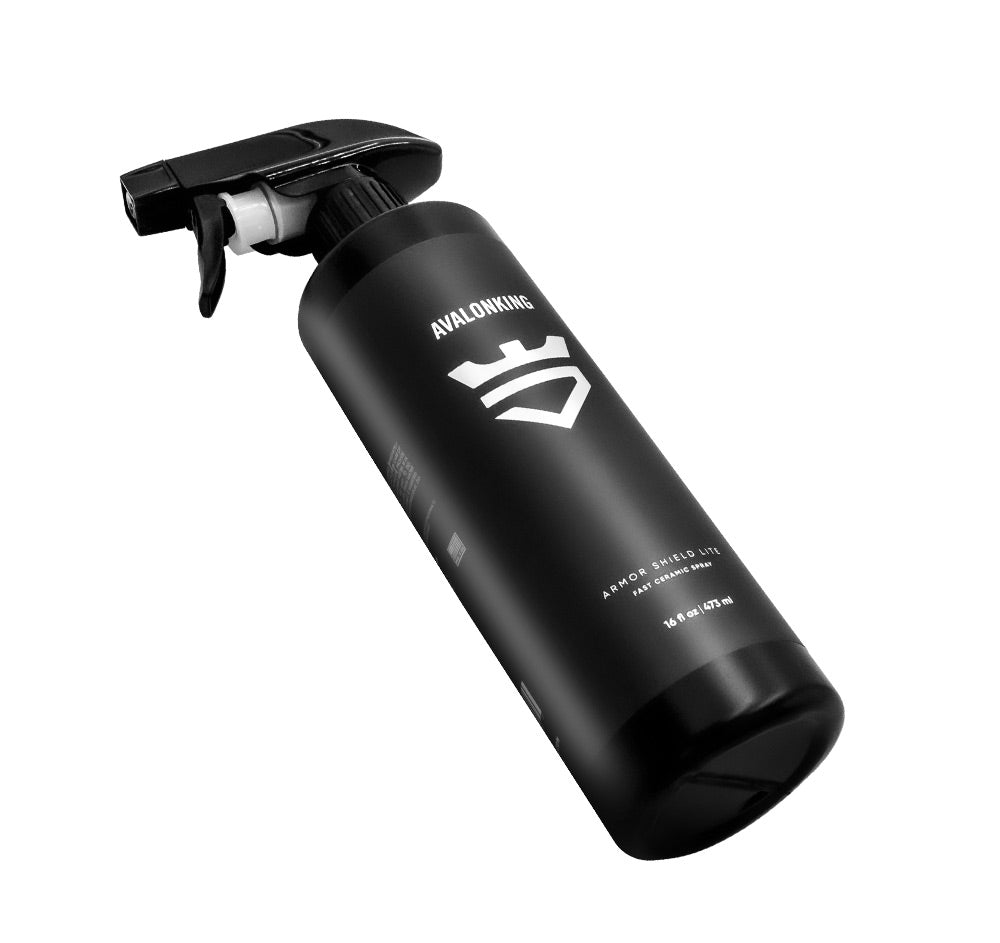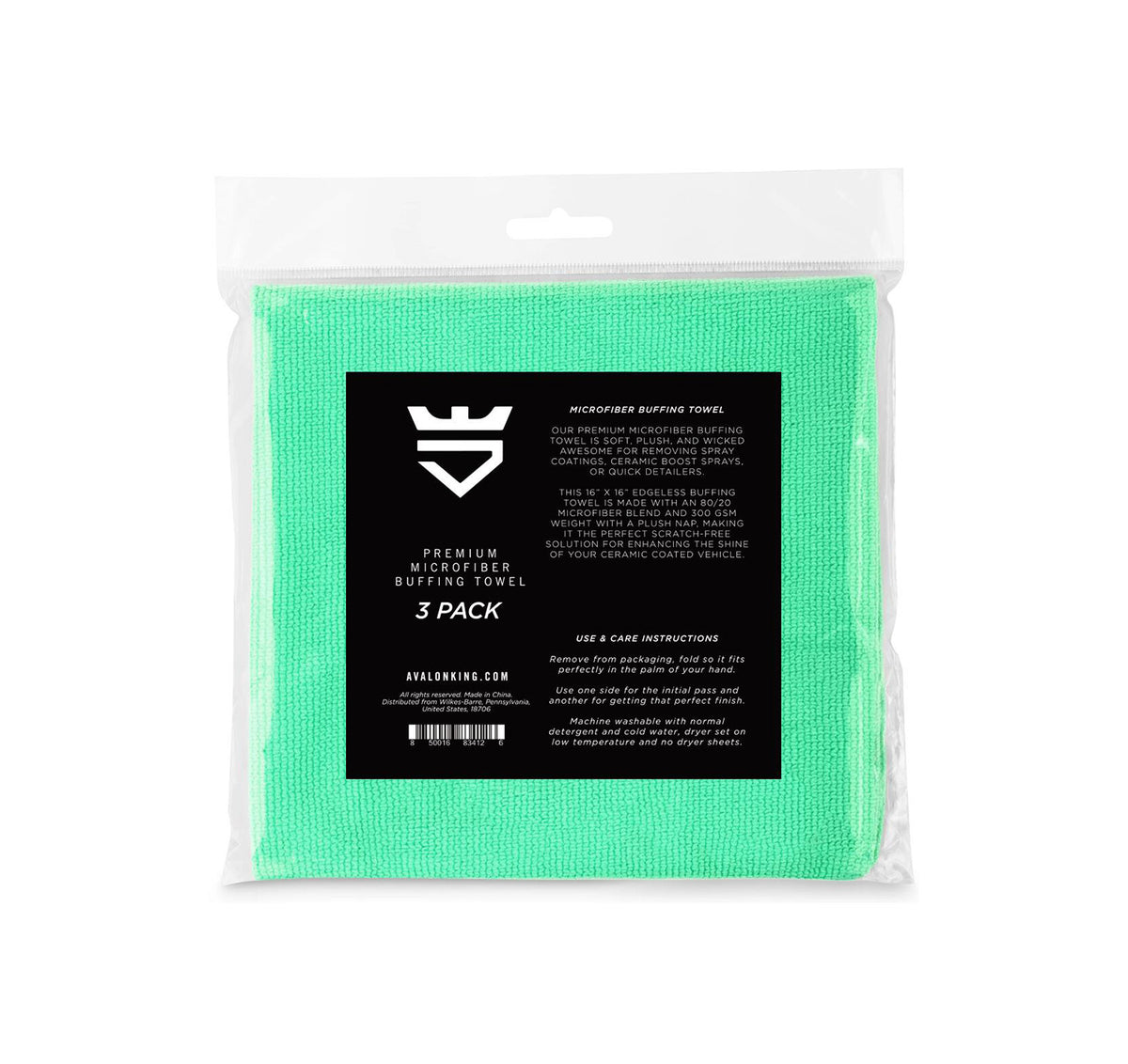What is Pressure Washer? Explained by AvalonKing
A pressure washer, as the name suggests, is a machine that uses high-pressure water spray to remove dirt, grime, dust, mud, and other unwanted substances from surfaces and objects. In the context of car detailing, a pressure washer is an essential tool that helps in the thorough cleaning of a vehicle's exterior. This article will delve into the intricacies of a pressure washer, its uses, types, and how it contributes to the overall process of car detailing.
Pressure washers are not only efficient but also effective in cleaning hard-to-reach areas of a vehicle. They are designed to handle tough cleaning tasks that would otherwise require a lot of time and effort if done manually. The high-pressure water spray penetrates into the smallest crevices, removing dirt and grime that are usually hard to reach with a regular hose or sponge.
Components of a Pressure Washer
A pressure washer is composed of several key components, each playing a crucial role in its operation. Understanding these components can help users operate the machine more effectively and maintain it properly for long-term use.
The main components of a pressure washer include a water inlet, a motor, a water pump, a high-pressure hose, and a cleaning attachment. The water inlet is connected to a water source and filters the water to prevent debris from entering the machine. The motor powers the water pump, which pressurizes the water. The high-pressure hose carries the pressurized water to the cleaning attachment, where it is released as a powerful spray.
Water Inlet and Filter
The water inlet is the part of the pressure washer that connects to your garden hose to supply water. It usually has a filter to prevent small particles and debris from entering the washer. This is crucial as such particles can cause damage to the pump and other components of the machine.
It's important to check the filter regularly and clean it as needed. If the filter becomes clogged, it can reduce the water flow and pressure, affecting the performance of the washer. In severe cases, it can even cause the machine to stop working.
Motor and Water Pump
The motor is the heart of the pressure washer. It drives the water pump, which is responsible for creating the high pressure. There are two types of motors that are commonly used in pressure washers: electric and gas. Electric motors are quieter and require less maintenance than gas motors, but they usually provide less power. Gas motors, on the other hand, are more powerful and can generate higher water pressure, but they are louder and require regular maintenance.
The water pump is a key component that pressurizes the water. When the motor runs, it drives the pump which sucks in water from the inlet and expels it under high pressure through the hose. The pump needs to be well-maintained to keep the pressure washer working efficiently. Regular checks for leaks and timely replacement of worn-out seals can help prolong the life of the pump.
High-Pressure Hose and Cleaning Attachment
The high-pressure hose carries the pressurized water from the pump to the cleaning attachment. It's designed to withstand high pressure, and it's usually reinforced with wire mesh and has a sturdy outer layer to protect it from damage. It's important to handle the hose carefully to prevent kinks and cracks that can lead to leaks.
The cleaning attachment is the part of the pressure washer that you use to direct the water spray onto the surface you're cleaning. There are various types of cleaning attachments, including trigger guns, spray wands, and different types of nozzles. The right attachment can make your cleaning task easier and more effective.
Types of Pressure Washers
There are various types of pressure washers available in the market, each designed for different types of cleaning tasks. The two main types are electric pressure washers and gas pressure washers.

Electric pressure washers are generally lighter, quieter, and easier to start and maintain than gas models. They are ideal for light to medium-duty cleaning tasks such as washing cars, outdoor furniture, and small decks and patios. Gas pressure washers, on the other hand, are more powerful and are suitable for heavy-duty cleaning tasks such as cleaning large decks and patios, driveways, and siding.
Electric Pressure Washers
Electric pressure washers are powered by an electric motor. They are typically smaller, lighter, and quieter than gas models. They start with a simple push of a button and require less maintenance. Electric pressure washers are ideal for light to medium-duty cleaning tasks. They are perfect for cleaning cars, as they provide enough pressure to remove dirt and grime without damaging the paint.
One of the main advantages of electric pressure washers is that they are environmentally friendly. They don't emit exhaust gases and are more energy-efficient than gas models. However, they do have some limitations. They need to be connected to a power outlet, which can limit their mobility. Also, they generally provide less pressure than gas models.
Gas Pressure Washers
Gas pressure washers are powered by a gas engine. They are more powerful than electric models and can handle heavy-duty cleaning tasks. They are ideal for cleaning large areas and removing stubborn dirt and grime.
Gas pressure washers are more mobile than electric models as they don't need to be connected to a power outlet. However, they are heavier, louder, and require more maintenance. They also emit exhaust gases, which can be a concern for the environment.
Using a Pressure Washer for Car Detailing
Using a pressure washer for car detailing can make the cleaning process faster and more efficient. It can easily remove dirt, grime, and other contaminants from the surface of the car. However, it's important to use the pressure washer correctly to avoid damaging the paint.
Before using the pressure washer, it's important to rinse the car with water to remove loose dirt and debris. This can prevent scratching the paint when you start washing. When using the pressure washer, it's recommended to use a wide spray pattern and keep the nozzle at least a foot away from the car. It's also important to keep the spray moving to avoid focusing the pressure on one spot for too long.
Pre-Wash and Rinse
The pre-wash and rinse stage is an important part of car detailing. It helps to remove loose dirt and debris from the surface of the car. This is important because any dirt or debris that is left on the car when you start washing can potentially scratch the paint.
When using a pressure washer for the pre-wash and rinse stage, it's recommended to use a wide spray pattern and keep the nozzle at a safe distance from the car. This will help to remove the dirt and debris without damaging the paint. It's also important to rinse from top to bottom to ensure that all the dirt and debris is washed away.
Washing and Rinsing
After the pre-wash and rinse stage, the next step is to wash the car. This involves applying a car wash solution and then using the pressure washer to rinse it off. The pressure washer can help to remove the car wash solution along with any dirt and grime that it has lifted from the surface of the car.
When washing and rinsing the car, it's important to keep the pressure washer nozzle at a safe distance from the car and to use a wide spray pattern. This will help to clean the car effectively without damaging the paint. It's also important to rinse from top to bottom to ensure that all the car wash solution and dirt is rinsed away.
Post-Wash and Drying
After washing and rinsing the car, the final step is to dry the car. This is important to prevent water spots from forming on the paint. A pressure washer can be used to blow off most of the water from the car, making the drying process faster and easier.
When using a pressure washer for drying, it's recommended to use a low pressure and a wide spray pattern. This will help to blow off the water without damaging the paint. After using the pressure washer, it's recommended to use a microfiber towel to dry off any remaining water.
Maintenance of a Pressure Washer
Proper maintenance of a pressure washer is important to ensure its longevity and optimal performance. This includes regular cleaning, proper storage, and timely repairs.
After each use, it's important to clean the pressure washer to remove any dirt or debris that may have accumulated. This includes cleaning the filter, the hose, and the nozzles. It's also important to store the pressure washer in a dry and clean place to prevent rust and corrosion.
Cleaning and Storing
After each use, it's important to clean the pressure washer thoroughly. This includes cleaning the filter, the hose, and the nozzles. The filter should be checked for any debris and cleaned as needed. The hose should be rinsed out to remove any dirt or debris that may have accumulated inside. The nozzles should be cleaned with a small brush to remove any dirt or debris that may be blocking the spray.
Proper storage of the pressure washer is also important. It should be stored in a dry and clean place to prevent rust and corrosion. The hose should be coiled up and stored in a way that prevents kinks and bends. The power cord (for electric models) or the engine (for gas models) should also be protected from the elements.
Regular Checks and Repairs
Regular checks of the pressure washer can help to identify any potential issues early and prevent major problems. This includes checking for leaks, checking the condition of the hose and nozzles, and checking the motor or engine for any signs of trouble.
If any issues are identified, it's important to repair them as soon as possible. This may involve replacing worn-out parts, tightening loose connections, or servicing the motor or engine. Regular maintenance and timely repairs can help to prolong the life of the pressure washer and ensure that it continues to perform at its best.
Conclusion
A pressure washer is a valuable tool in car detailing. It can make the cleaning process faster and more efficient, helping to remove dirt, grime, and other contaminants from the surface of the car. However, it's important to use the pressure washer correctly and maintain it properly to ensure its longevity and optimal performance.
Whether you're a professional car detailer or a car enthusiast, a pressure washer can be a great addition to your car detailing equipment. With the right knowledge and skills, you can use a pressure washer to keep your car looking its best.
Ready to elevate your car detailing game with top-notch cleaning products? Look no further than AvalonKing! Our extensive range of premium car shampoos, ceramic coatings, and other vehicle cleaning essentials are designed to give your car that professional finish from the comfort of your home. Check out our products today and experience the difference that quality car care can make!










